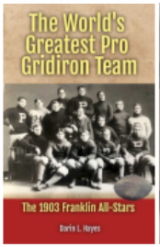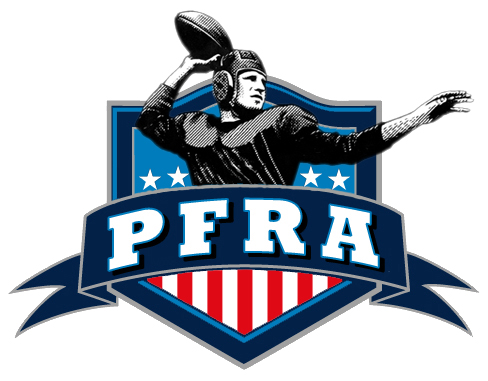A Conference is Born
"A Conference is Born: The Day the AFC Took Shape"
May 10, 1969, stands as a pivotal date in the evolution of professional football, a day that laid the groundwork for the modern NFL landscape we recognize today. On this seemingly ordinary spring day, a landmark agreement was forged behind closed doors, a decision that would irrevocably alter the league's structure and ignite decades of intense rivalries. The Baltimore Colts, the Cleveland Browns, and the Pittsburgh Steelers, three established franchises with deep roots in the National Football League, collectively agreed to a seismic shift: their move to join the ten existing teams of the American Football League (AFL) to form the newly minted, 13-team American Football Conference (AFC) for the upcoming 1970 season.
This wasn't a simple shuffling of teams; it was a foundational act born out of the impending merger of the two competing professional leagues. For years, the established NFL and the upstart AFL had coexisted, often vying for players and fan attention. The agreement on this day was a crucial step in the formal unification, a strategic maneuver to create balanced conferences within the merged entity. The decision wasn't without its complexities and even a touch of drama. Initial suggestions for which NFL teams would move were met with resistance, as established rivalries and historical affiliations were at stake.
Ultimately, a confluence of factors led to the Colts, Browns, and Steelers making the jump. Financial considerations played a role, with each team reportedly receiving compensation for the move. Furthermore, the Browns' owner, Art Modell, saw an opportunity to cultivate a lucrative in-state rivalry with the Cincinnati Bengals, a team founded by his ousted former coach, Paul Brown, who had been part of the AFL. The agreement on May 10th not only finalized the composition of the AFC but also set the stage for the divisional alignments that would define the conference for years to come, including the formation of the fiercely competitive AFC Central, which initially housed the Browns, Steelers, and the AFL's Houston Oilers, alongside the Bengals. This decision, made on this unassuming day, paved the way for the Super Bowl era as we know it, forever changing the face of professional football.
- HASHTAGS: #May10 #BaltimoreColts #ClevelandBrowns #IndianapolisColts #PittsburghSteelers
- EVENTDAY: May 10
- FOOTBALL TEAM: Baltimore Colts, Cleveland Browns, Indianapolis Colts, Pittsburgh Steelers
"Exploring May 10th in American Football's Historical Timeline"
"1890 Rule Sets Substitution Outlook for Half a Century"
Note that this was, of course, eventually overturned. But there was a substitution rule that lasted until about 1941. The players could be substituted during the game, but unlike today’s rules, they could not return to the game during the same period or intermission they left (Spalding's NCAA Rule book, 1933). When they returned, they had to report to the umpire before replacing another player. So, players leaving the field for whatever reason had to be careful.
Find out more in our Football History Rewind series and in Football Archaeology's 100 Years of Football:1890's Tidbit





